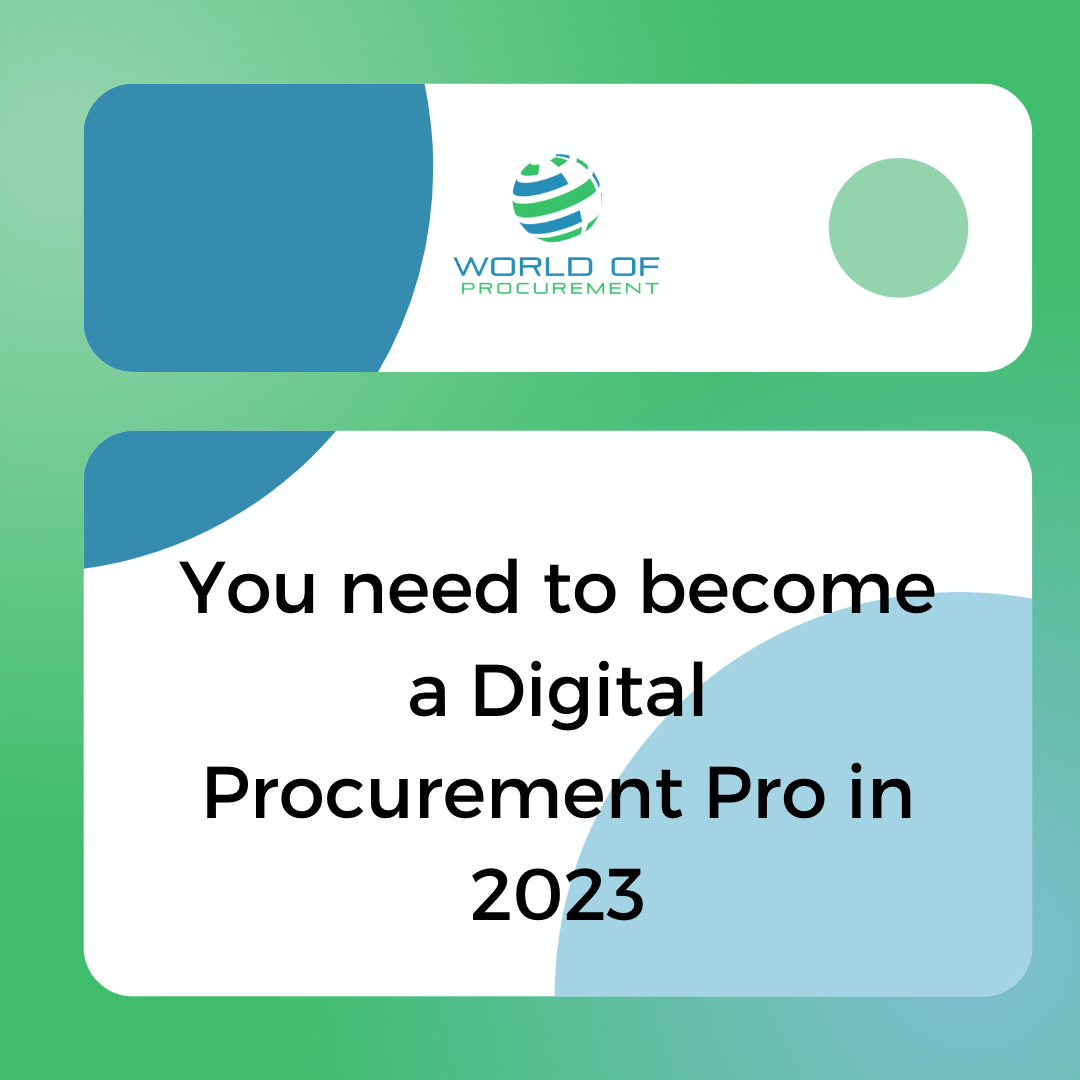6 AI Procurement Capability Pillars You Need
Description
The AI Procurement Blueprint is a reader-supported publication. To receive new posts and support my work, consider becoming a free or paid subscriber.
The "AI Procurement Blueprint" is presented as a practical guide for integrating artificial intelligence into procurement processes, catering to professionals at all experience levels. It outlines six key capability pillars necessary for success, including strategic vision, AI fluency, governance, data storytelling, ecosystem innovation, and AI-augmented negotiation. The source emphasises that AI's role is not to replace human jobs but to elevate capabilities and redefine responsibilities, leading to more strategic, technology-enabled, and outcomes-focused procurement. It further details how various procurement roles are evolving into hybrid, tech-enabled positions, providing actionable steps for individuals and organisations to develop these crucial skills and implement AI pilots effectively.
How is AI transforming the procurement profession, and what is its impact on existing roles?
AI is fundamentally reshaping procurement by elevating capabilities and redefining responsibilities, moving the profession towards a more strategic, technology-enabled, and outcomes-focused approach. It is not about replacing people but about augmenting their abilities. Existing roles are evolving into hybrid, tech-enabled positions where AI handles repetitive, rules-based tasks, freeing up professionals to focus on higher-value work. For instance, category managers are now designing supplier ecosystems and co-innovation programmes, sourcing analysts are managing AI-driven sourcing waves, and contract specialists are overseeing AI-assisted contract creation. New senior roles like AI Procurement Manager and Head of Digital Procurement & AI are also emerging to orchestrate AI operating models and platform strategies.
What are the six key capability pillars essential for procurement professionals in an AI-driven future?
The six essential capability pillars for procurement professionals in an AI-driven future are:
* Strategic Vision and Systems Leadership: Aligning AI adoption with broader business goals like growth, resilience, and sustainability, and building connected systems.
* AI Fluency and Prompt Craft: Confidently using AI tools, guiding them with clear instructions, checking their accuracy, and transforming outputs into actionable insights.
* Governance, Ethics, and Assurance: Ensuring compliance with regulations (e.g., EU AI Act), applying strong controls, performing bias checks, and maintaining human oversight for transparent and auditable AI-assisted decisions.
* Data Storytelling and Influence: Presenting AI-driven insights as compelling narratives that demonstrate clear business impact (e.g., cost reduction, risk mitigation, sustainability improvements).
* Ecosystem Innovation and Platform Thinking: Working collaboratively with suppliers to share data in real-time, leveraging supplier network data as a strategic asset for better AI decisions.
* AI-Augmented Negotiation and Behavioural Dynamics: Understanding when to automate routine negotiations with AI and when human judgment is crucial for complex or sensitive deals.
How can organisations practically implement AI in procurement, particularly concerning pilot projects?
Organisations can implement AI by linking AI opportunities directly to their organisational goals (OKRs) and running small-scale, low-risk pilot projects. The blueprint suggests identifying high-impact opportunities across the procure-to-pay lifecycle, selecting one clear pilot tied to a key result, and designing it with success metrics, guardrails, and human oversight. A "first-month plan" example is an autonomous tail-spend buying pilot to streamline low-risk purchases, minimise manual effort, reduce costs, and maintain compliance. The focus is on building a plain-language leadership case that quantifies benefits, clarifies risks and controls, and secures approval.
What is the role of data in AI-driven procurement, and how does "data storytelling" come into play?
Data is a strategic asset in AI-driven procurement. Real-time data sharing with suppliers enables AI models to make better decisions. "Data storytelling" is crucial for translating AI-driven insights into narratives that resonate with stakeholders. It moves beyond static reporting, presenting data in a way that clearly demonstrates business impact, whether it's reducing costs, cutting risk, or improving sustainability. This skill helps procurement professionals influence decisions and showcase the tangible value derived from AI applications.
How can procurement professionals improve their AI fluency and prompt craft?
Procurement professionals can improve their AI fluency and prompt craft by actively experimenting with AI tools in a safe, sandboxed environment. Practical steps include using vendor-provided trial accounts, following prompt design guides, and regularly practising the creation of multi-step instructions tailored for specific procurement scenarios. This hands-on experience builds confidence in guiding AI tools effectively and transforming their outputs into actionable insights.
What are the key considerations for governance, ethics, and compliance when adopting AI in procurement?
Key considerations for governance, ethics, and compliance include staying compliant with emerging regulations such as the EU AI Act. It is essential to apply strong controls, conduct bias checks, and ensure human oversight in all AI-assisted decisions to maintain transparency and auditability. Practical steps for professionals involve developing an AI risk checklist for their function, attending webinars on AI governance, and creating bias audit templates to ensure responsible AI adoption.
How does AI impact negotiation strategies in procurement?
AI impacts negotiation strategies by augmenting human capabilities, allowing for more efficient and data-driven approaches. Procurement professionals need to understand when AI can effectively handle routine negotiations (e.g., processing tail-spend purchases with autonomous buying agents) and when human judgment, creativity, and relationship-building skills are essential for complex or sensitive deals. Simulating negotiations with AI tools and comparing outcomes to human-led versions can help identify the best-fit use cases for automation, ensuring a strategic blend of AI and human expertise.
What is the recommended approach for procurement professionals to develop these new AI capabilities?
The recommended approach for procurement professionals to develop these new AI capabilities is to pick one capability pillar to focus on for a 90-day period. Within this period, they should define one measurable goal, design one experiment related to that goal, and identify one learning resource to support their growth. This focused approach allows for tangible progress and builds a stronger foundation for thriving in the AI-driven future of procurement. Practical steps for each pillar are provided, from joining cross-functional projects and mapping AI opportunities to OKRs, to experimenting with AI tools and building relationships for data sharing.
This is a public episode. If you'd like to discuss this with other subscribers or get access to bonus episodes, visit worldofprocurement.substack.com/subscribe

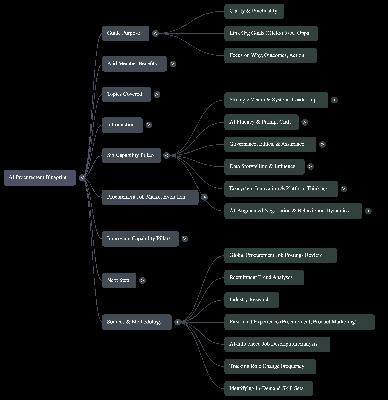
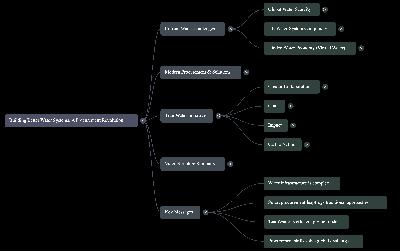
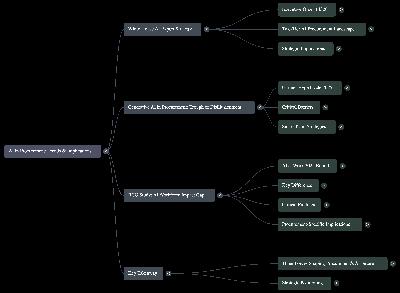
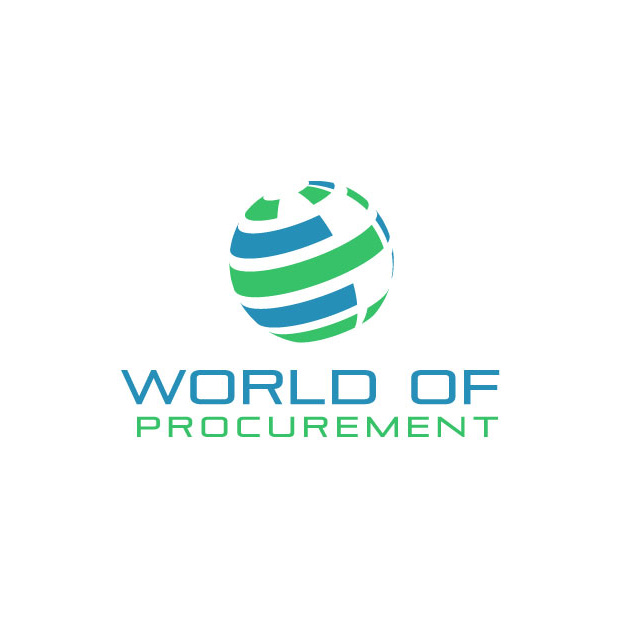
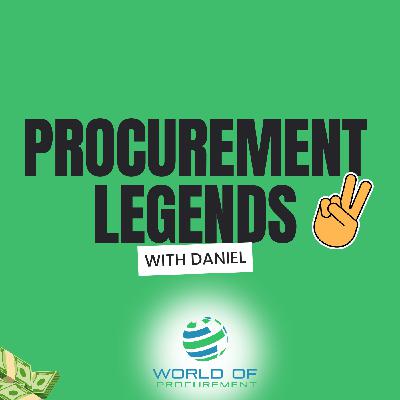


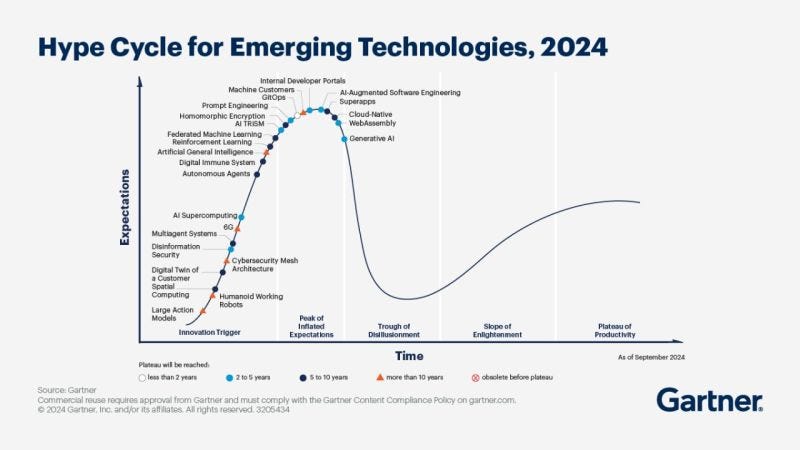




![Build a Procurement Personal Brand [Guide + On-Demand Webinar] Build a Procurement Personal Brand [Guide + On-Demand Webinar]](https://substackcdn.com/feed/podcast/1331541/post/141494136/c7a38b53179eead38415faf33bb36bc7.jpg)
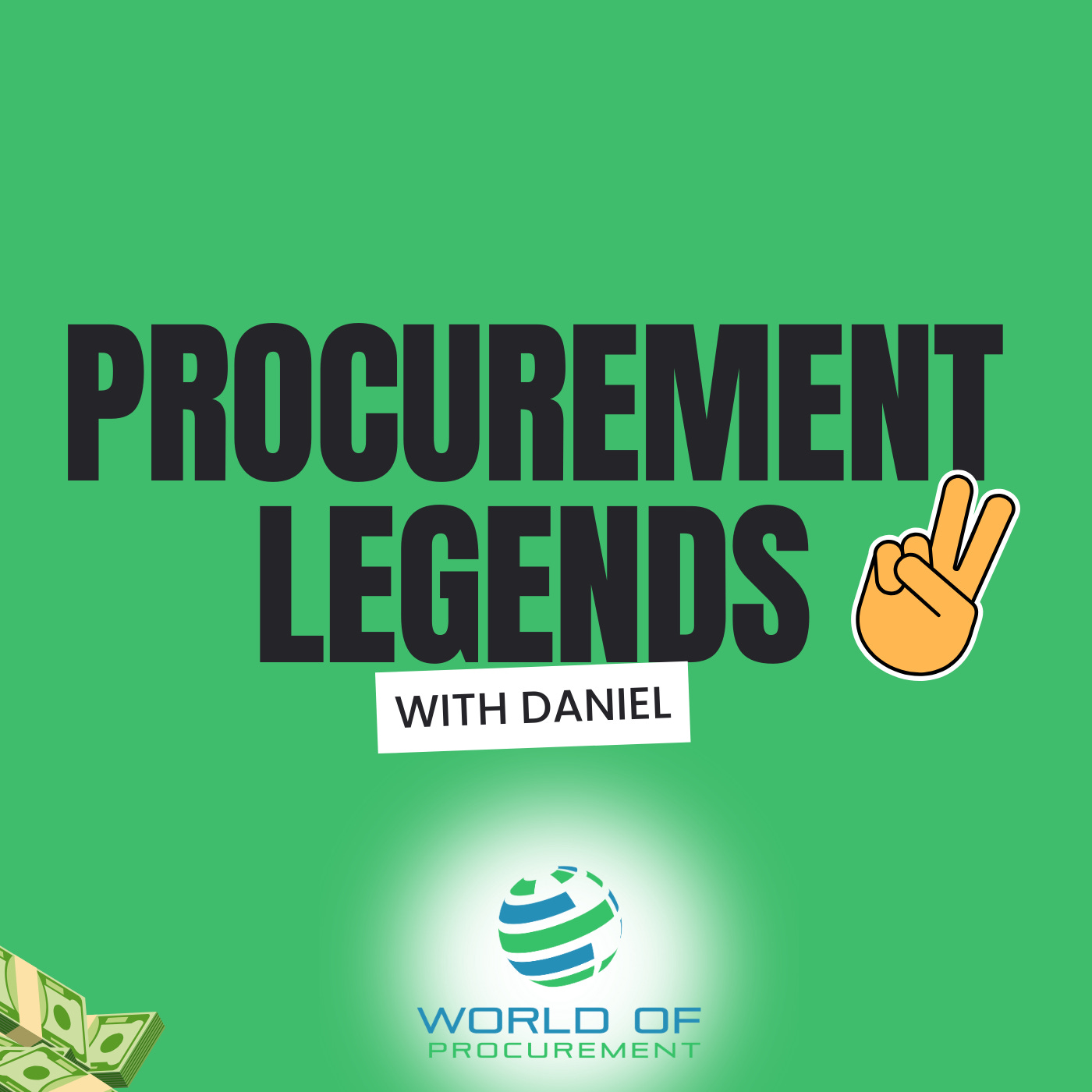



![How to HACK your Supply Chain [Video Podcast] How to HACK your Supply Chain [Video Podcast]](https://substackcdn.com/feed/podcast/1331541/post/139321849/9840b5d105d730d0ebaa20ea4155cb1f.jpg)

